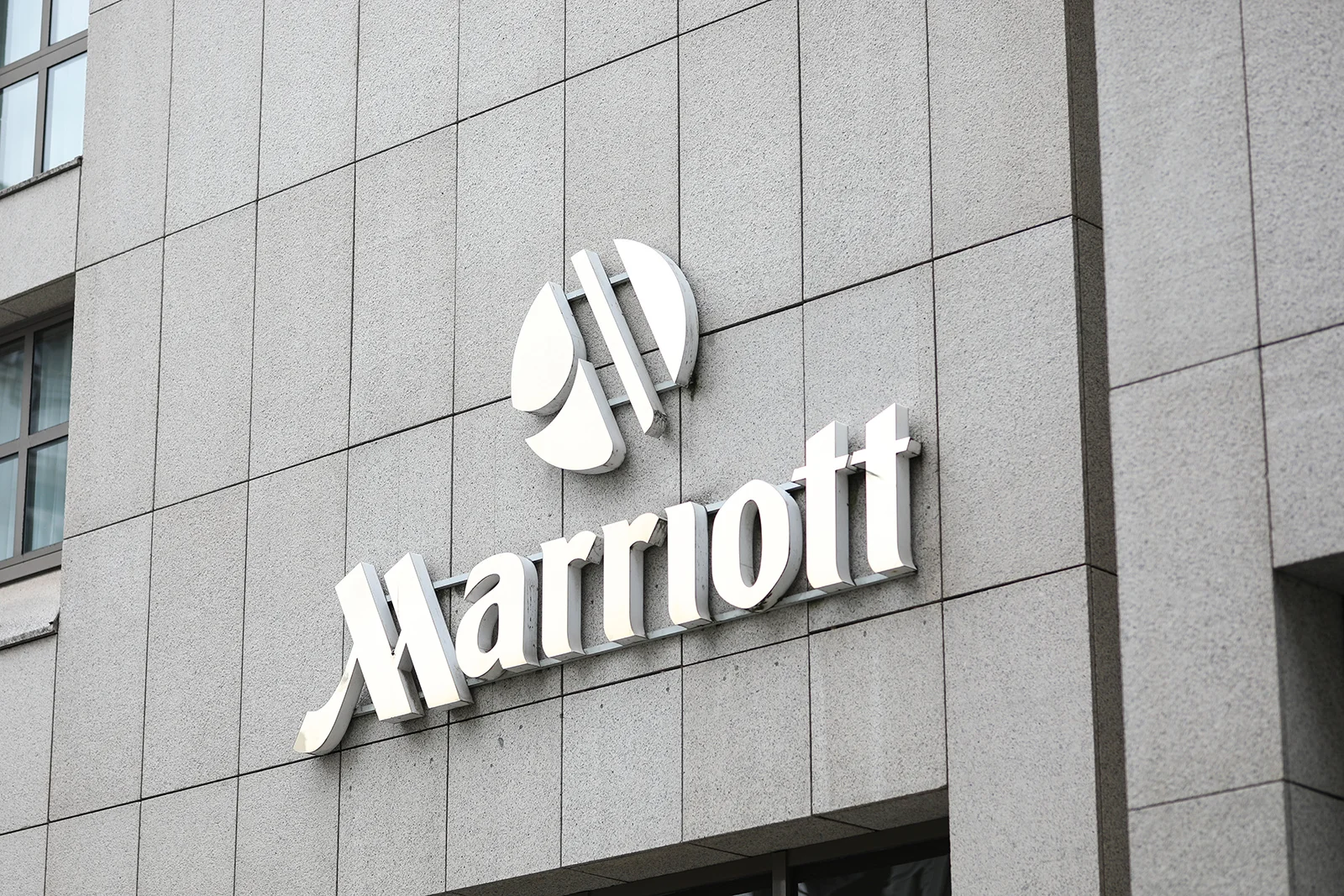Historically High Hotel Rates in This Economy? Prepare for Luxury Prices
The hotel industry has witnessed historically high rates despite the uncertain economic climate. Contrary to expectations, hotel companies have advised owners against offering discounted rates during the pandemic. The rationale behind this strategy was that discounted prices wouldn’t incentivize people to book hotel stays amid a health crisis and lockdown. This approach allowed hotel companies to rebound swiftly from the lows experienced during the pandemic compared to previous downturns.
However, with the economy currently treading uncertain waters, one would assume that hotel companies might reconsider the playbook of discounted rates. Surprisingly, that assumption would be incorrect. The Federal Reserve has been actively attempting to curb inflation by increasing interest rates, including a recent hike of 0.25%. Consequently, it has become more expensive to secure loans for real estate development projects, such as hotel construction.
Even under the best circumstances, constructing hotels in the United States is a challenging endeavor due to high material and labor costs, as well as supply chain issues that have caused significant project delays. Any additional obstacles on the construction front translate into reduced new supply entering the market.
The combination of limited supply and increasing demand drivers, such as international and business travel, indicates that hotel rates are likely to continue soaring. To exemplify this trend, let’s consider the construction of Dream Las Vegas, a project within Hyatt’s recently acquired Dream Hotel Group division. According to the Las Vegas Review-Journal, construction on this project came to a halt due to stalled financing plans, partially attributed to rising interest rates.
Instances like this contribute to exacerbating the situation. A reduced number of hotel rooms entering the market, coupled with a rebounding demand, will inevitably result in even higher rates. Hilton CEO Christopher Nassetta expressed confidence in the industry’s fundamentals and acknowledged the muted supply side. He revealed that the current supply levels in the U.S. market, the largest market for Hilton, are the lowest ever recorded.
While the tech industry experiences waves of layoffs and there is anxiety over inflation and a banking crisis, the hospitality sector continues to thrive. Notably, it has been a leading source of job creation, with better-than-expected jobs reports over the past few months. During the most recent earnings season, major hotel CEOs expressed awe at their ability to charge higher rates. This trend shows no signs of dissipating, despite the financial market’s uncertainties.
According to STR data, luxury hotels in the U.S. performed over 24% better than 2019 levels last week, while overall U.S. hotel performance was 10.4% higher than in 2019.
The Vanishing Hotel Rooms: A Challenging Future
Unfortunately, relief in the form of new hotel openings is not expected in the near future. Even prior to the higher interest rates and the banking crisis, new hotel supply had been relatively limited. Now, with rising interest rates and the banking crisis, obtaining financing for operating hotels that generate profit is becoming increasingly challenging. Securing construction financing for new projects is even more difficult.
Although signs of improvement in hotel construction have emerged this year, the overall U.S. hotel construction pipeline, which includes rooms actively under construction, has not returned to pre-pandemic levels.
While hotel companies may boast about their growth, much of it is a result of conversions—deals where existing hotel owners agree to rebrand their properties. These conversions typically do not increase the number of hotel rooms in a market and can even result in a reduction in room count.
Additionally, a significant number of hotel rooms were removed from the system during the pandemic as owners repurposed them for alternative uses. This ranged from smaller hotels being converted into housing to larger properties like New York City’s Hotel Pennsylvania being demolished to make way for new real estate developments.
Daniel Lesser, CEO of LW Hospitality Advisors, noted that older, functionally and physically obsolete hotels are still being converted to alternative uses or demolished for new developments. The CEOs’ observations regarding muted new supply are accurate, and this situation will continue to apply upward pressure on pricing power.
Looking Ahead: Seeking Relief
It’s important to remember that Rome wasn’t built in a day, and the same can be said for hotels. While relief may eventually come for travelers, it won’t be immediate. Leisure demand remains high, and the business, group, and international travel sectors are gradually recovering. Robust demand drivers often incentivize developers to initiate new hotel projects to meet the growing need for additional rooms.
Hotel companies may highlight slight increases in their respective sizes over the year, but these increments are unlikely to significantly impact soaring room rates, particularly at higher-end hotels.
Patrick Scholes, Managing Director of Lodging and Leisure Equity Research at Truist Securities, confirms that there is no surplus of new supply in most areas. Although certain cities like Nashville and New York have seen a substantial influx of new supply, the overall market experiences minimal or no increase in supply. Any supply growth primarily occurs in midscale brands, many of which are affiliated with Hilton, Marriott, or Wyndham’s new Echo brand.
While high interest rates may eventually contribute to reducing inflation, they hinder hotel deal-making and the initiation of new construction projects. Transaction volumes for European real estate have significantly declined due to investors struggling to underwrite deals amid an uncertain outlook on interest rates, according to a Bloomberg report from MIPIM, an annual conference for the global commercial real estate sector.
During the conference, the purchase of a Pullman hotel in Cannes was one of the few deals announced. However, this involved an existing asset rather than a new construction project that could alleviate the scarcity of European hotel supply and lead to reduced rates for summer vacations.
Both the heads of the Federal Reserve and the European Central Bank have emphasized that their top priority is reducing inflation. Increasing interest rates is their primary tool for achieving this goal.
As long as high interest rates paralyze commercial real estate, the tension within the travel sector will persist. Many people still desire hotel stays, but developers lack the financial means to construct additional supply to meet the demand.
Until this situation changes, it remains favorable to be a hotel owner and less desirable to be the one paying the increasingly steep nightly rates.



